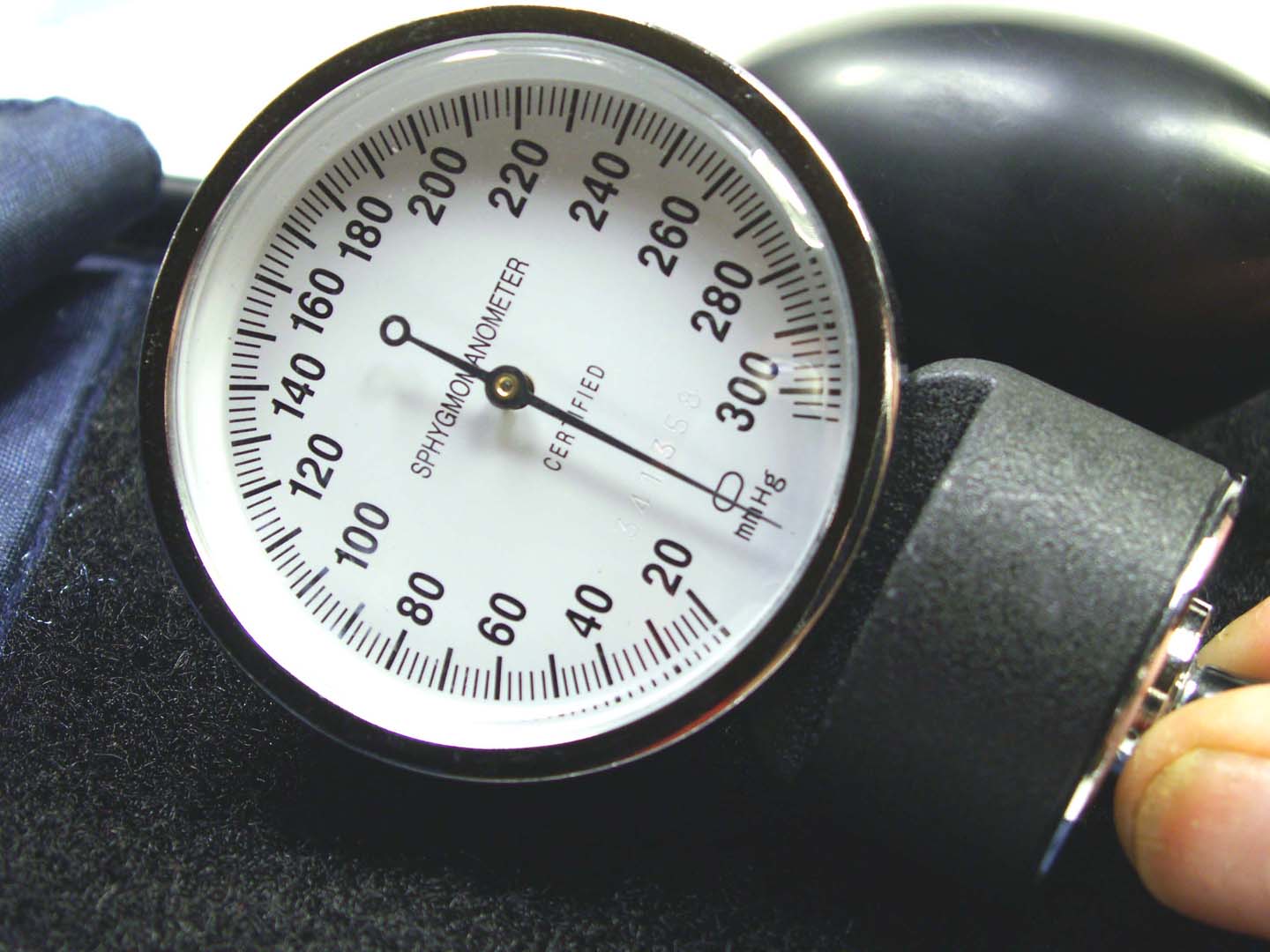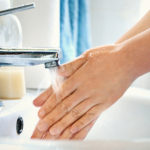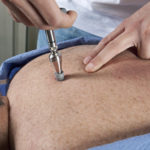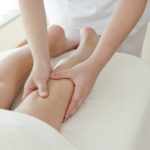Biofeedback
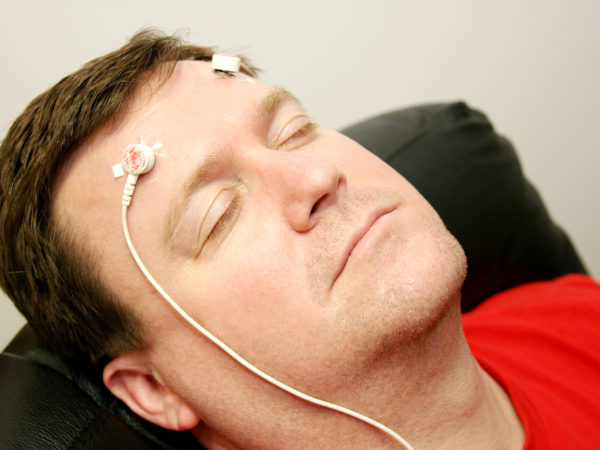
What Is Biofeedback Therapy?
Biofeedback is a mind-body technique that helps teach patients how to influence their autonomic nervous systems – the part of the body that controls involuntary physical functions such as blood pressure, heart rate, muscle tension, and brainwave frequency. This is done by attaching an electronic “cue” (usually a “beep,” tone or visual image on a screen) to a measurable physiologic process. A person can thus monitor his or her internal responses and develop a sense of how to move them in positive ways. Biofeedback machines can detect internal bodily functions with sensitivity and precision, and allow involuntary physical functions to be translated in ways that can be understood. The information, or “feedback,” that the “cue” provides is used to monitor these functions and facilitate treatment for a variety of disorders, while moving the patient toward a more balanced internal state.
What Health Concerns Is Biofeedback Used For?
Disorders effectively treated by biofeedback include:
- Migraines and other types of headaches
- High and low blood pressure
- Cardiac arrhythmias
- Urinary incontinence and interstitial cystitis (IC), also called irritable bladder syndrome
- Chronic gastrointestinal problems such as ulcers, IBS (irritable bowel syndrome) and Crohn’s disease
- Unconscious grinding of the teeth
- TMJ (temporomandibular joint)
- Epilepsy
- Paralysis and other movement disorders
- Hot flashes
- Nausea and vomiting associated with chemotherapy
- Stress
- Anxiety
For information on the effectiveness of biofeedback for specific health problems, visit the Association for Applied Psychophysiology and Biofeedback at www.aapb.org.
What Should One Expect On A Visit To A Practitioner?
During a biofeedback session, a therapist attaches one or several electrical sensors to parts of the body that yield information about the nervous system and convert the information into sound, pictures or a flashing light – something that can be perceived directly. For example, a temperature sensor on the finger can translate skin temperature into a beep tone that can be heard – the higher the skin temperature, the faster the rate of beeping. With that kind of “feedback” from the body, people can learn to warm their hands by raising the skin temperature. In doing this, they learn to consciously relax the pathways of the sympathetic nervous system that controls the “fight or flight response” which constricts blood vessels when stress levels are high. The same pathways can also be used to control changes in the body that accompany any high-stress condition or response, ultimately resulting in an improved state of relaxation, calmness or clarity.
Computerized software and portable devices are available that can offer biofeedback techniques to an individual with little-to-no professional training. Individuals can be taught or learn by self-instruction on the computer. Electrical sensors usually detect changes in pulse or heart rate variability and offer feedback by way of audio or visual cues, even in the form of a game experience.
Are There Any Side Effects Or Indications Where Biofeedback Should Be Avoided?
Biofeedback (like many relaxation techniques) can even out cortisol levels, which in turn can stabilize insulin and optimally affect blood sugar. According to the Mayo Clinic, diabetics should discuss this treatment with their doctor and keep a careful watch over their blood sugar if they use biofeedback for an extended period of time, as this therapy may interfere with other therapies used in their treatment. Also, it is not recommended for those with major mental health disorders such as psychosis and severe depression or any acute psychiatric emergency. Otherwise, biofeedback is considered a safe form of treatment.
Is There A Governing Body That Oversees Or Credentials Practitioners In Biofeedback?
Approved by the National Institutes of Health (NIH) for complementary treatment of chronic pain and insomnia, biofeedback should be administered by therapists who identify themselves as certified by the BCIA (Biofeedback Certification Institute of America). Formed in 1981, the BCIA set strict credentialing standards that are consistent with the Department of Health and Human Services Guidelines.
In addition, various companies that use portable computerized biofeedback equipment also offer training programs for licensed professionals to teach individual clients how to better use the technology.
How Does One Get In Touch With A Practitioner?
For information on the effectiveness of biofeedback for specific health problems or to find a certified practitioner, visit the Association for Applied Psychophysiology and Biofeedback at www.aapb.org. or the BCIA (Biofeedback Certification Institute of America).
Are There Other Therapies That Might Work Well In Conjunction With Biofeedback?
Biofeedback, like other mind-body medicine techniques can work well with other therapies that help induce the relaxation response. Acupuncture, body manipulation, massage and other touch therapies can all work synergistically with it. Biofeedback is especially advantageous with other modalities since it can be used with little need for training or it can be self-taught with minimal guidance – via listening to a tape or guided CD, DVD, or computer program.
What Is Dr. Weil’s Opinion Of Biofeedback?
Dr. Weil says that research and his personal experience indicate that biofeedback works best for people whose tension is expressed in bodily complaints such as migraines, hypertension, cardiac arrhythmias, ulcers, chronic intestinal problems, Raynaud’s disease and bruxism. It may also benefit those who feel they need outside help in learning to reduce anxiety and internal stress, or who doubt they can do it on their own.
Dr. Weil has endorsed computer-compatible versions of biofeedback training, such as “The Journey to Wild Divine,” which is readily available for home use. A new biofeedback product, “Healing Rhythms – Biofeedback Training for a Happy Mind and Healthy Body,” features Dr. Weil and his breathing exercises along with Drs. Deepak Chopra and Dean Ornish.
Learn more from the Q & A Library: “What Are the Benefits of Biofeedback?”


